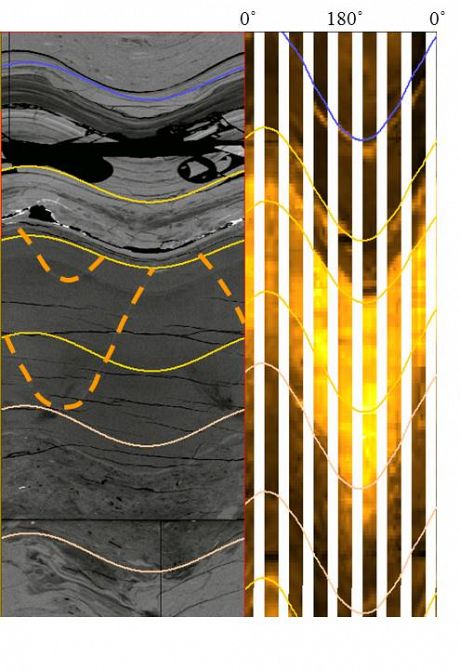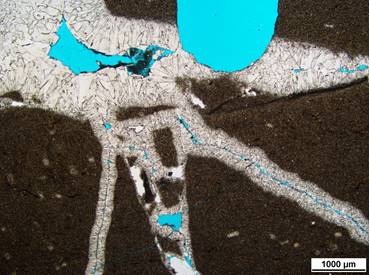This course will demonstrate importance of structural features, highlighting the significant impact fractures can have on reservoir development and production

This one-day awareness course is designed to provide an understanding of structural features in both carbonate and clastic reservoirs. The course focuses on identification, description and interpretation of structural elements within the reservoir using a variety of scales and techniques. As an essential part of robust structural characterisation of reservoirs, the course demonstrates the value of understanding the lithological controls on fracture formation using hierarchical schemes. Throughout this course, the importance and application of structural features will be explored, highlighting the significant impact fractures can have on reservoir development and production. The workshop can be undertaken in the core-store or classroom and is organised into three sessions.
Part A: Structural analysis – what it is and how to approach it
• Introduction to structural characterisation
• Datasets – Structural features at different scales
– Thin-section
– Core
– Borehole Image
• Structural features and their impact on reservoir architecture
– Reservoir anisotropy derived from open and closed fractures
Part B: Description, orientation and interpretation
• Structural feature identification
– Natural
– Induced Burial and compaction related structures
– Stylolites and associated fracture formation
• BHI, CT images and orientated datasets
• Fracture timing and structural history
Part C: Integration with sedimentological frameworks
• Introduction to lithology and rheology building towards predictability
• Application to reservoir models

Who Should Attend?
The course is targeted at geoscientists, petrophysicists and engineers with an interest in structural features within core, thin-section and BHI and their impact on reservoir behaviour.
Instructor
Alexander Foote – Alexander is a structural geologist, primarily providing integrated core description and analysis at the reservoir scale. Alexander also has experience in basin-scale tectonic analysis and its relationship with sedimentology. He specializes in core-based fracture evaluation and borehole image interpretation.
If you would like more information on this, or any other courses, please e-mail training@badley-ashton.co.uk or call +44 (0) 1507 588353.
